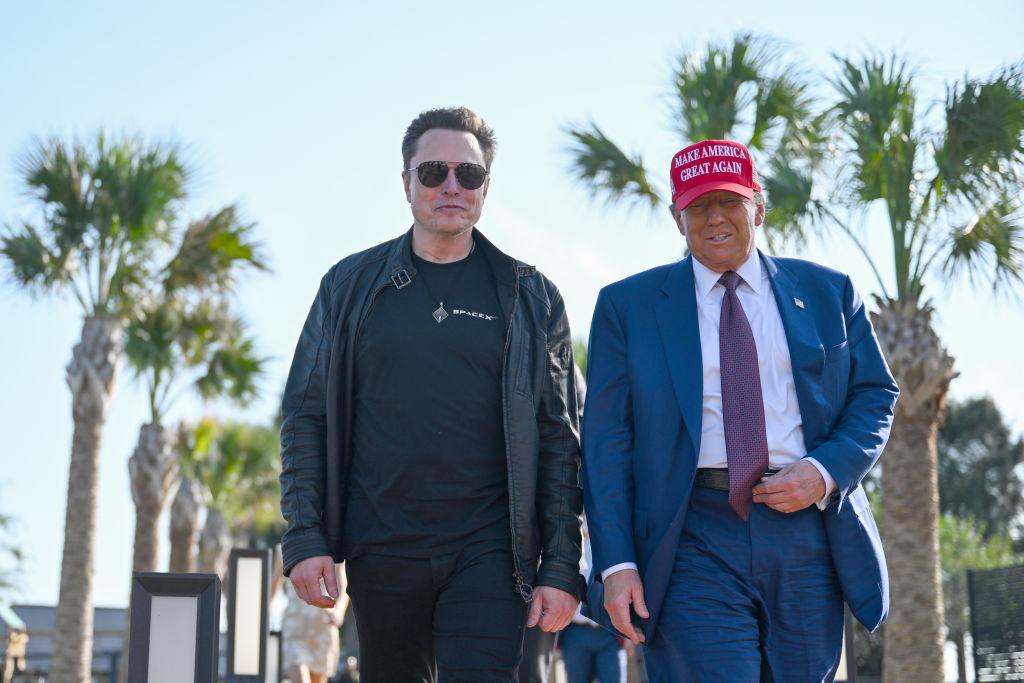When capital is in trouble, governments have no difficulty finding billions and trillions of dollars at a moment’s notice to prop up faltering firms. Such bailout programs soon sink below the waterline and become the permanent ballast — a proliferation of guarantees, backstops, and subsidies preventing the entire system from capsizing. Meanwhile, social programs that make a major difference in the lives of ordinary families are routinely cut because, we’re told, there is simply no money to pay for them.
That pernicious dialectic of bailouts and austerity shaped the decade following the global financial crisis of 2007–09. As the Federal Reserve made permanent a wide range of credit programs to support financial markets, the Obama administration sacrificed social programs in its relentless quest to minimize fiscal deficits — a combination that ensured the escalation of economic inequality.
For some time, this regime of so-called “quantitative easing” could hide behind technical rationalizations, supplied by economists and duly advertised by policymakers and officials. But those excuses fell apart during the pandemic. To keep citizens afloat, the Biden administration expanded the financial safety net far beyond the banking community — and poverty indicators plummeted instantly.
The change of tune was temporary: after it had shown that there was nothing stopping the government from extending the regime of public generosity to the population at large, the Biden administration unwound the programs. When the torch was passed to Kamala Harris, the Democrats seemed to have lost their appetite for the types of large-scale publicly funded programs that proved so effective just a few years prior.
The incoming Trump administration is set…
Auteur: Martijn Konings

